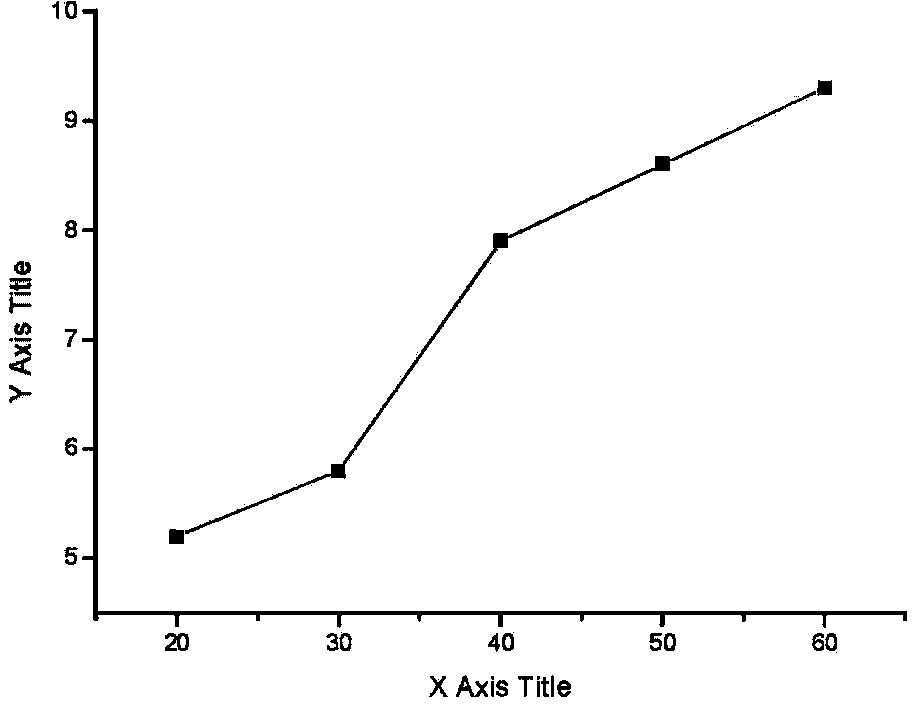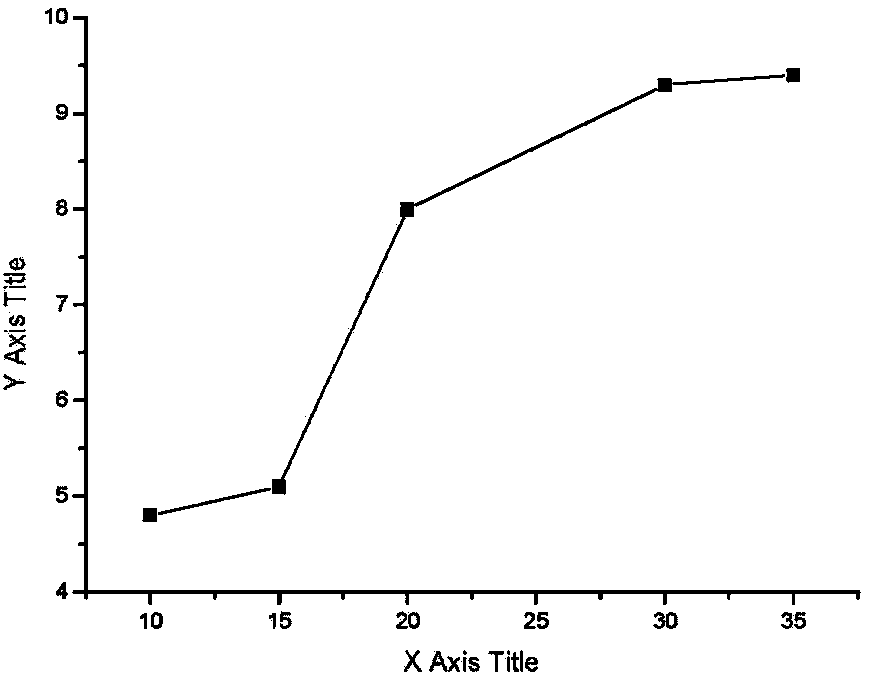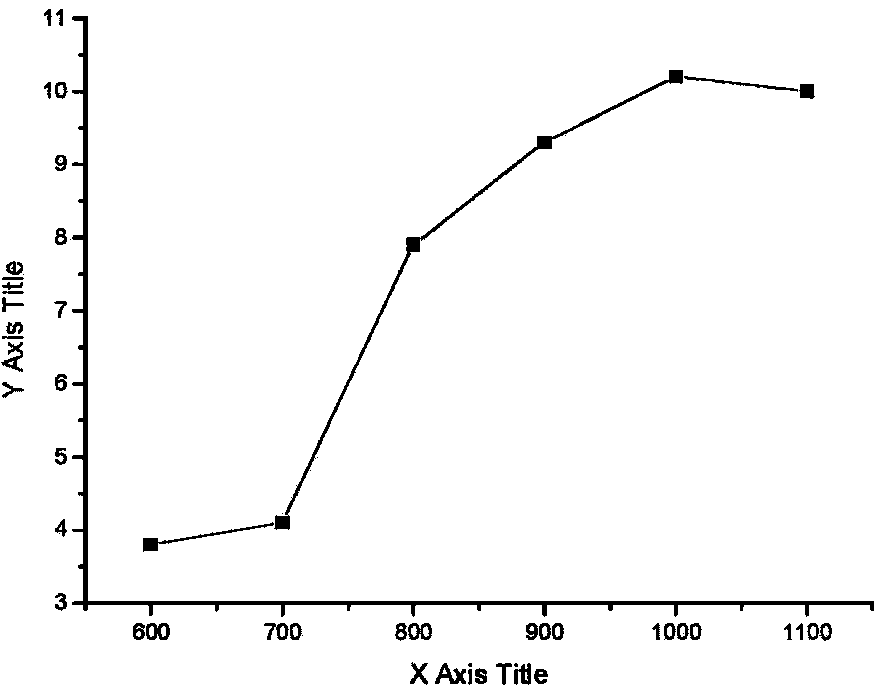Extraction process of lotus seedpod polyphenols
An extraction process and technology of lotus plant polyphenols are applied in the field of extraction process of lotus plant polyphenols, which can solve the problems of long time consumption, low yield and the like, and achieve the effects of short extraction time, high extraction rate and cost reduction.
- Summary
- Abstract
- Description
- Claims
- Application Information
AI Technical Summary
Problems solved by technology
Method used
Image
Examples
Embodiment Construction
[0010] The present invention uses pulsed ultrasonic technology to extract polyphenols in lotus pods. The process steps of the present invention are: weigh 2.0 g of degreased lotus pod powder and place it in a narrow-mouth beaker, and the ratio of material to liquid is 1:10 to 1: 35 Add a certain amount of 70% acetone, put the narrow-mouth beaker in a water bath (with magnetic stirring), and then put the ultrasonic probe into the narrow-mouth beaker (1 cm below the liquid level) for ultrasonic-assisted extraction. The extraction temperature The temperature is 20-60°C, the ultrasonic time is 10-35min, and the ultrasonic power is 600-1100W.
[0011] The present invention selects extraction temperature, ultrasonic time, ultrasonic power, solid-liquid ratio as single factor, and their influence on the extraction rate of polyphenols is shown in figure 1 , figure 2 , image 3 .
[0012] As a preferred solution, the process parameters of the present invention are: ultraso...
PUM
 Login to View More
Login to View More Abstract
Description
Claims
Application Information
 Login to View More
Login to View More - R&D
- Intellectual Property
- Life Sciences
- Materials
- Tech Scout
- Unparalleled Data Quality
- Higher Quality Content
- 60% Fewer Hallucinations
Browse by: Latest US Patents, China's latest patents, Technical Efficacy Thesaurus, Application Domain, Technology Topic, Popular Technical Reports.
© 2025 PatSnap. All rights reserved.Legal|Privacy policy|Modern Slavery Act Transparency Statement|Sitemap|About US| Contact US: help@patsnap.com



